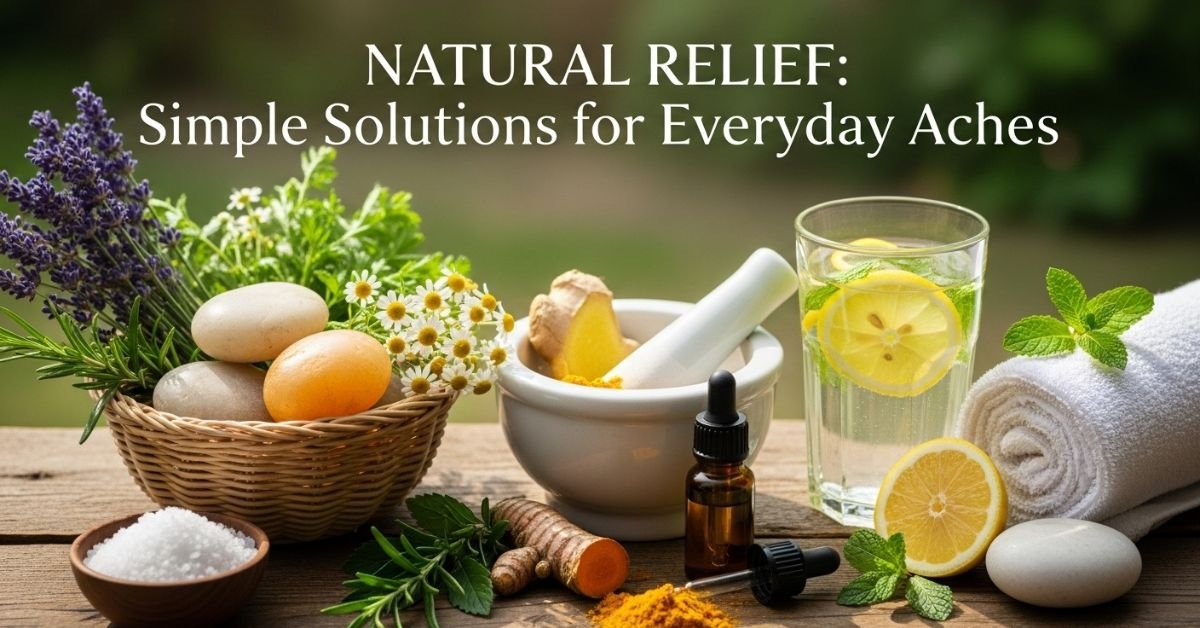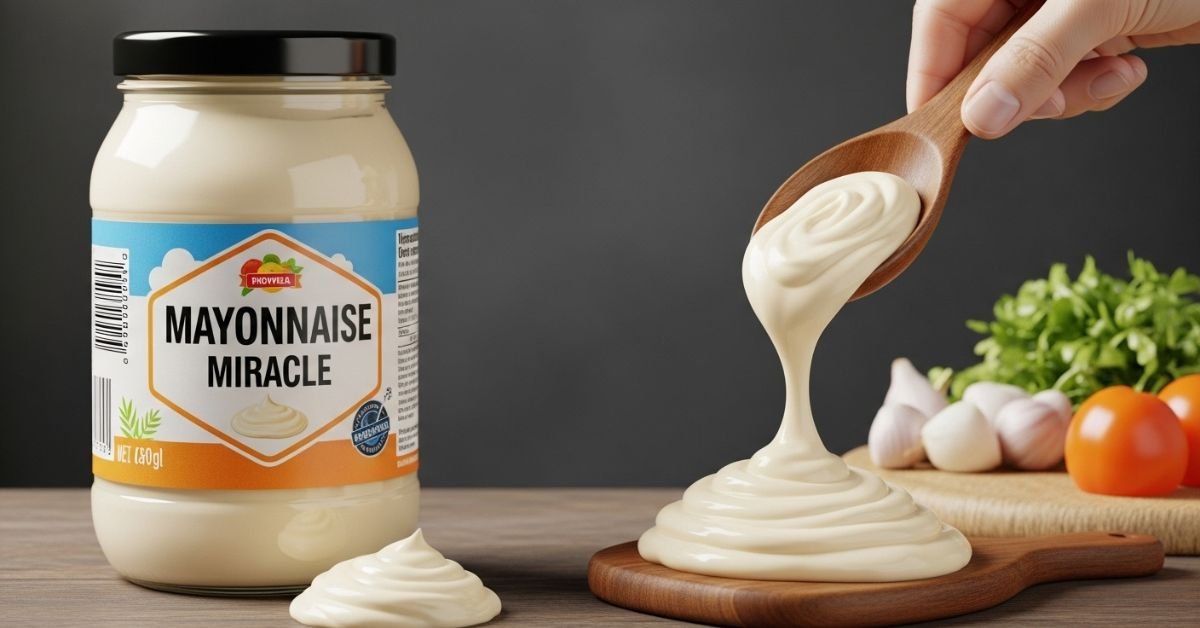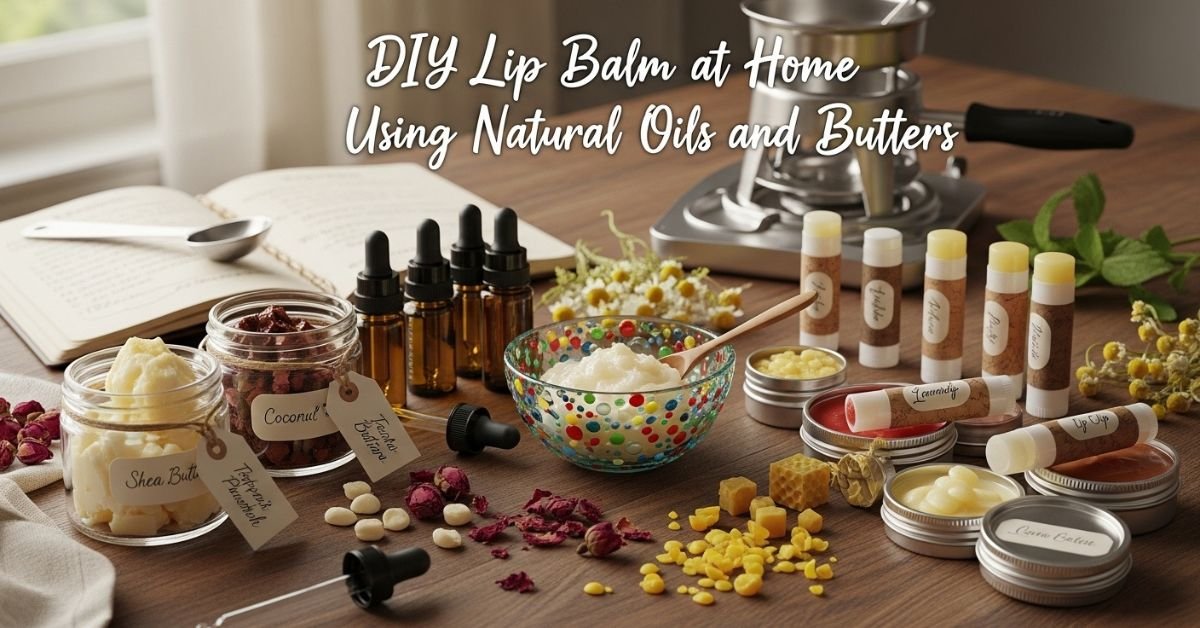Best Hair Products for Dry Hair – Get Soft, Smooth Strands
Contents
- 1 Introduction
- 2 Hydrating Shampoos – The First Step to Moisture
- 3 Nourishing Conditioners – Locking in Moisture
- 4 Hair Masks – Intensive Repair Treatments
- 5 Leave-In Conditioners – All-Day Hydration
- 6 Hair Oils – Sealing in Softness
- 7 Heat Protectants – Shielding from Damage
- 8 Serums – Instant Smoothness and Shine
- 9 Scalp Treatments – Starting at the Root
- 10 Detangling Sprays – Gentle on Fragile Hair
- 11 Curl Creams – Moisture for Textured Hair
- 12 Overnight Hair Treatments – Repair While You Sleep
- 13 Dry Hair Styling Tips – Minimizing Damage
- 14 Conclusion
- 15 Actionable FAQs
Introduction
Dry hair can be frustrating. It often feels rough, frizzy, and lifeless, making it hard to style and even harder to manage. Many factors can cause dryness — frequent heat styling, harsh shampoos, chemical treatments, or even environmental changes like low humidity. If you’ve been battling brittle ends and dull strands, the right hair care routine can make all the difference.
The good news? There are many effective products specially designed to restore moisture, protect from further damage, and leave your hair soft and silky again. From hydrating shampoos to nourishing masks and leave-in treatments, each product plays a role in repairing and maintaining healthy locks.
In this guide, we’ll explore the best hair products for dry hair, including recommended formulas from trusted brands, why they work, and how to use them effectively. Whether your hair is curly, straight, or somewhere in between, you’ll find options that suit your needs and budget — so you can finally enjoy smooth, shiny strands every day.
Hydrating Shampoos – The First Step to Moisture
A good shampoo sets the foundation for healthy hair. Many regular shampoos strip away natural oils, leaving hair dry and fragile. Hydrating shampoos, however, are designed to gently cleanse while adding moisture back in. Look for ones that contain nourishing oils like argan, coconut, or jojoba, as well as humectants like glycerin and aloe vera to draw in hydration.
Avoid shampoos with high levels of sulfates, which can be too harsh on already dry hair. Instead, choose sulfate-free formulas that clean effectively without over-drying. Some great options include Moroccanoil Hydrating Shampoo, SheaMoisture Raw Shea Butter Moisture Retention Shampoo, and Kérastase Bain Satin 2 for a salon-grade feel. Use lukewarm water when washing to prevent moisture loss, and follow up immediately with a conditioner to lock in hydration. A hydrating shampoo used regularly can noticeably soften your hair over time.
Why Sulfate-Free Matters
Sulfates are strong detergents found in many shampoos to create foam and remove dirt. While they clean well, they can also strip away essential oils, especially if your hair is already dry. Sulfate-free shampoos are milder, helping to preserve your hair’s natural protective layer. This means your hair stays softer and less frizzy after washing.
Nourishing Conditioners – Locking in Moisture
Conditioner is essential for dry hair. It works by coating the hair shaft, sealing in moisture, and smoothing the cuticle to reduce frizz. The best conditioners for dry hair are rich in emollients like shea butter, avocado oil, and argan oil. These ingredients penetrate the hair fiber, repairing damage from within.
When applying conditioner, focus on the mid-lengths and ends — these areas are older, more exposed, and more prone to dryness. Some great choices include Aussie 3 Minute Miracle Moist, OGX Renewing Argan Oil of Morocco Conditioner, and Briogeo Don’t Despair, Repair! Conditioner. Leave the conditioner in for at least two to three minutes before rinsing so it has time to work. Using it after every shampoo will keep your hair smoother and easier to detangle.
Deep vs. Daily Conditioners
Daily conditioners are lightweight enough for frequent use, while deep conditioners are richer and used once or twice a week. Deep conditioners penetrate deeper, making them perfect for a weekly moisture boost, while daily formulas maintain softness between treatments.
Hair Masks – Intensive Repair Treatments
Hair masks are like a spa day for your hair. They deliver concentrated nutrients and moisture in one treatment, making them a must-have for very dry strands. Masks usually contain higher levels of oils, proteins, and vitamins compared to regular conditioners. Applying a mask once or twice a week can transform your hair’s texture.
Some top picks include Olaplex No. 8 Bond Intense Moisture Mask, SheaMoisture Manuka Honey & Mafura Oil Intensive Hydration Hair Masque, and Kérastase Masquintense. To use, apply generously after shampooing, leave on for 5–20 minutes (depending on instructions), and rinse thoroughly. For extra results, cover your hair with a shower cap to trap heat and help the mask absorb better.
DIY Hair Mask Options
If you prefer natural remedies, you can make an effective hair mask at home. Ingredients like honey, yogurt, olive oil, and banana can deeply hydrate hair. Mix them into a smooth paste, apply, leave for 20 minutes, and rinse for softer strands.
Leave-In Conditioners – All-Day Hydration
Leave-in conditioners are lightweight formulas that stay in your hair after washing. They provide continuous moisture, protect against environmental damage, and make hair easier to style. Many also contain detangling agents to reduce breakage from brushing.
Good options include It’s a 10 Miracle Leave-In Product, Garnier Fructis Sleek & Shine Leave-In Conditioning Cream, and Ouai Leave-In Conditioner. Simply spray or apply to damp hair, comb through, and style as usual. Leave-ins are especially helpful if you live in a dry climate or spend a lot of time outdoors.
Spray vs. Cream Leave-Ins
Spray formulas are light and great for fine hair, while cream formulas are richer and suit thick or coarse hair. Both work to soften and protect, so choose based on your hair type and needs.
Hair Oils – Sealing in Softness
Hair oils are perfect for adding shine, reducing frizz, and locking in moisture. They can be used before washing (as a pre-shampoo treatment), after washing (to seal in hydration), or even on dry hair for extra smoothness. Oils like argan, coconut, almond, and marula are particularly effective for dry hair.
Products like Moroccanoil Treatment, OGX Extra Strength Renewing Argan Oil of Morocco Penetrating Oil, and Bumble and Bumble Hairdresser’s Invisible Oil are excellent choices. Start with just a drop or two to avoid weighing hair down, and focus on the ends.
Light vs. Heavy Oils
Light oils like argan and grapeseed are better for fine hair, while heavier oils like coconut and castor oil suit thick, coarse strands. Using the right weight of oil ensures you get softness without greasiness.
Heat Protectants – Shielding from Damage
Dry hair becomes even more fragile when exposed to heat styling tools like blow dryers, straighteners, and curling irons. By creating a barrier surrounding each strand, heat protectants stop moisture loss and stop breakage brought on by heat. Many also contain conditioning agents to keep hair feeling soft.
Look for sprays or creams that protect up to 450°F, such as Tresemmé Thermal Creations Heat Tamer, CHI 44 Iron Guard, and Living Proof Restore Perfecting Spray. Apply a small amount evenly through damp or dry hair before using heat tools. This extra step may seem small, but it can make a big difference in maintaining softness and shine over time.
Spray vs. Cream Heat Protectants
Spray heat protectants are light and distribute easily, making them ideal for fine or medium hair. Cream or serum formulas are richer, providing more moisture for coarse or very dry hair while still protecting against heat.
Serums – Instant Smoothness and Shine
Concentrated solutions called hair serums are intended to produce immediate results. They coat the hair shaft, creating a sleek finish and enhancing shine. Many serums also have anti-frizz properties, making them perfect for taming dry, unruly strands.
Great options include John Frieda Frizz Ease Extra Strength Serum, Paul Mitchell Super Skinny Serum, and Kerastase Elixir Ultime Oil Serum. Apply a tiny bit to dry or damp hair, paying particular attention to the ends. Serums work well before special occasions or whenever you want your hair to look polished.
How Serums Differ from Oils
While both serums and oils smooth hair, serums often contain silicone for a silky, lightweight coating, whereas oils deliver deep nourishment. Serums give instant surface smoothness, while oils work on long-term hydration.
Scalp Treatments – Starting at the Root
Healthy hair starts with a healthy scalp. Dryness at the roots can lead to itchiness, flaking, and slower hair growth. Scalp treatments provide targeted hydration and nourishment to the skin beneath your hair.
Some excellent treatments include Briogeo Scalp Revival Charcoal + Tea Tree Scalp Treatment, The Ordinary Multi-Peptide Serum for Hair Density, and Philip Kingsley Stimulating Scalp Toner. Use them once or twice a week by applying directly to the scalp and massaging gently. Your hair follicles may receive more nutrients as a result of improved circulation.
Natural Oils for the Scalp
Coconut oil, jojoba oil, and almond oil are great for moisturizing a dry scalp. Warm the oil slightly, massage it in, leave for 20–30 minutes, then wash as usual for refreshed roots.
Detangling Sprays – Gentle on Fragile Hair
Dry hair is more prone to tangles, and rough brushing can cause breakage. Detangling sprays help loosen knots without pulling, making combing much easier and less damaging.
Popular choices include The Wet Brush Detangling Spray, Garnier Whole Blends Gentle Detangling Hair Milk, and Kids’ Original Conditioning Detangler (great for sensitive hair). Spray on damp hair, let it sit for a minute, then gently work through with a wide-tooth comb.
Why Gentle Brushing Matters
Split ends and snapping can result from brushing dry hair too vigorously. Always use a gentle detangling brush or comb, starting from the ends and working your way up to avoid unnecessary stress.
Curl Creams – Moisture for Textured Hair
Because natural oils have a harder difficulty moving down the hair shaft, curly hair tends to be drier than straight hair. Curl creams help by adding moisture, defining curls, and reducing frizz.
Some highly rated ones are Cantu Coconut Curling Cream, Moroccanoil Curl Defining Cream, and Ouidad Curl Quencher Moisturizing Styling Gel. Apply to damp hair after conditioning, then let it air dry or diffuse for bouncy, hydrated curls.
Air-Drying vs. Diffusing
Air-drying is gentler and helps keep curls soft, while diffusing with low heat can add volume and speed up drying time without excessive frizz.
Overnight Hair Treatments – Repair While You Sleep
Overnight treatments are perfect for busy schedules. They allow moisture and nutrients to penetrate over several hours, giving hair a deep boost of hydration.
Products like Kérastase Nutritive 8H Magic Night Serum, Bumble and Bumble While You Sleep Overnight Damage Repair Masque, and OGX Extra Strength Coconut Miracle Oil Penetrating Oil work wonders. Apply to dry or damp hair before bed, braid or tie loosely, and wash out in the morning for silky results.
Using a Silk Pillowcase
A silk pillowcase reduces friction, which helps keep hair smooth overnight and prevents moisture loss compared to cotton pillowcases.
Dry Hair Styling Tips – Minimizing Damage
Even the best products can’t work fully if your styling routine causes dryness. Avoid washing daily, as this strips oils. Use a microfiber towel to dry hair gently and reduce frizz. Keep heat styling to a minimum, and always use a heat protectant.
Opt for hairstyles that don’t require daily hot tools, like braids, buns, or twists. Protective styles also help retain moisture and reduce split ends.
Cold Water Rinse
Rinsing with cool water at the end of your shower helps seal the cuticle, locking in moisture and giving hair extra shine.
Conclusion
Dry hair can feel discouraging, but it’s not a permanent problem. With the right products and a gentle routine, you can restore softness, strength, and shine. Start with a hydrating shampoo and conditioner, add weekly masks, and incorporate leave-ins, oils, and heat protectants as needed. Remember, consistency is key — regular care will give your hair the moisture it needs to thrive.
Whether you invest in salon-quality products or find affordable drugstore favorites, the most important thing is choosing formulas suited to your hair type and needs. Pair these products with healthy hair habits, and you’ll soon enjoy smooth, touchable strands that look and feel healthy every day.
Actionable FAQs
Q1: How often should I use a deep conditioner for dry hair?
Once a week is ideal for most people. If your hair is severely dry, you can use it twice a week.
Q2: Can oils replace conditioner for dry hair?
Natural oils like coconut or argan oil can supplement conditioner but shouldn’t replace it. Conditioner provides hydration, while oils mainly seal in moisture.
Q3: Which ingredient is best for repairing damaged, dry hair?
Look for products containing argan oil, shea butter, or hydrolyzed keratin for both hydration and repair.
Q4: Is sulfate-free shampoo better for dry hair?
Yes. Sulfate-free shampoos are gentler and help preserve natural oils, making them ideal for dry hair.
Q5: How can I keep my hair hydrated between washes?
Use a leave-in conditioner or serum to lock in moisture and protect against environmental damage.














Post Comment